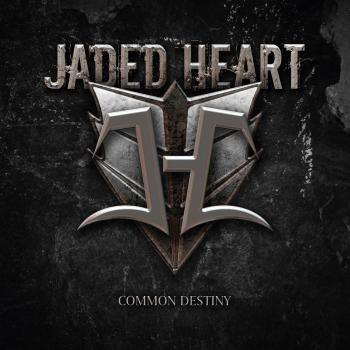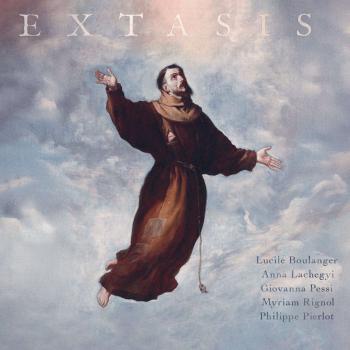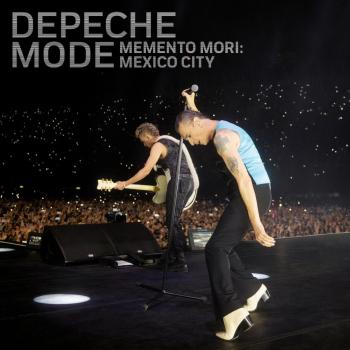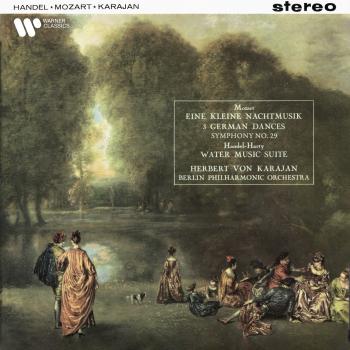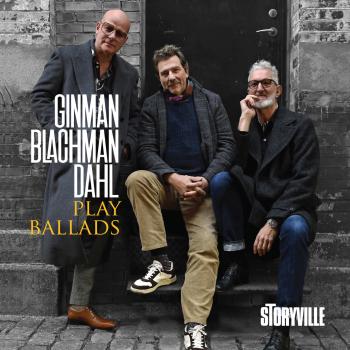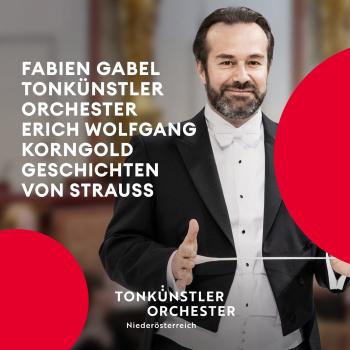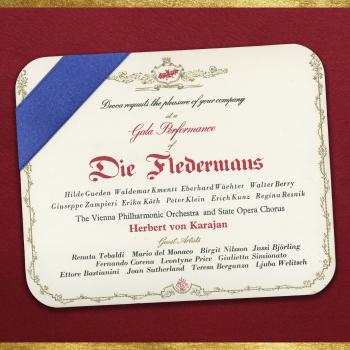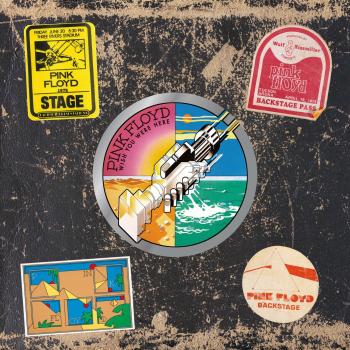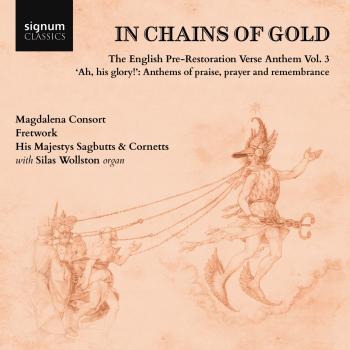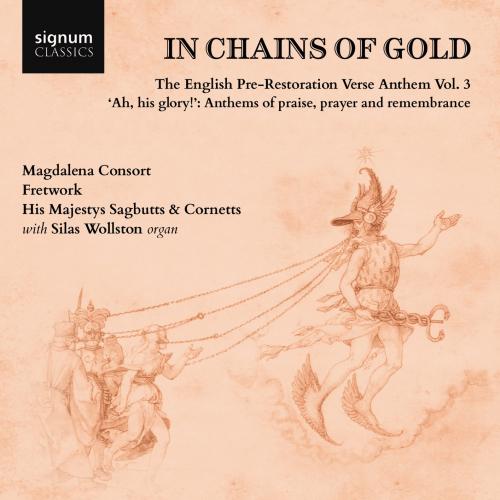
In Chains of Gold, Vol. 3 Magdalena Consort, Fretwork & William Hunt
Album info
Album-Release:
2025
HRA-Release:
28.02.2025
Label: Signum Records
Genre: Classical
Subgenre: Chamber Music
Artist: Magdalena Consort, Fretwork & William Hunt
Composer: John Amner (1579-1641), William Stonnard (1575-1631), John Ward (1571-1638), Thomas Ravenscroft (1590-1633), Thomas Tomkins (1572-1656), Richard Nicholson (1563-1639), William Pysinge (1599-1684), Simon Stubbs (1616-1621)
Album including Album cover Booklet (PDF)
- John Ward (1589 - 1638): This is a joyful, happy holy day:
- 1 Ward: This is a joyful, happy holy day 05:00
- John Amner (1579 - 1641): Consider, all ye passers by:
- 2 Amner: Consider, all ye passers by 05:43
- William Stonnard (ca. 1575 - 1631):Hearken, all ye people:
- 3 Stonnard: Hearken, all ye people 04:11
- Thomas Ravenscroft (ca. 1592 - ca. 1635): All laud and praise:
- 4 Ravenscroft: All laud and praise 02:06
- Thomas Tomkins (1572 - 1656): Voluntary (28):
- 5 Tomkins: Voluntary (28) 03:12
- Thomas Ravenscroft: In thee, O Lord:
- 6 Ravenscroft: In thee, O Lord 04:30
- Richard Nicholson (1563 -1639): When Jesus sat at meat:
- 7 Nicholson: When Jesus sat at meat 06:20
- Thomas Tomkins: Voluntary (24):
- 8 Tomkins: Voluntary (24) 03:10
- O God, the heathen are come:
- 9 Tomkins: O God, the heathen are come 09:33
- Verse of 3 parts (26):
- 10 Tomkins: Verse of 3 parts (26) 02:16
- William Pysinge (1599 - 1684): The Lord hear thee:
- 11 Pysinge: The Lord hear thee 04:59
- Thomas Tomkins: Pavan in A Minor:
- 12 Tomkins: Pavan in A Minor 03:52
- Simon Stubbs: Have mercy upon me, O Lord:
- 13 Stubbs: Have mercy upon me, O Lord 04:00
- John Ward: Let God arise:
- 14 Ward: Let God arise 06:12
- Thomas Tomkins: Know you not:
- 15 Tomkins: Know you not 08:25
Info for In Chains of Gold, Vol. 3
Described by Early Music Review as ‘an impressive master-class in how these texts should be declaimed’, the third volume in the Magdalena Consort’s revelatory series brings us a further eleven of these most English of English anthems—by composers John Ward, John Amner, William Stonnard, Thomas Ravenscroft, Richard Nicholson, Thomas Tomkins, William Pysing and Simon Stubbs—with accompaniment variously from Fretwork and His Majestys Sagbutts & Cornetts.
Consort anthem is early Stuart verse anthem, in quintessence: voices backed by a full instrumental ensemble, in counterpoint of 5-8 parts, no watery organ reduction. The Jacobean Chapel Royal at Greenwich Palace employed cornetts and sackbuts for this twopence-coloured version. It threw in organ (why not?), and other unspecified forces, more than doubling one’s staff. But kings reck cost little when impressing the odd foreign ambassador, or even one’s subjects. Anthem texts range correspondingly wide, expansively splendid to confessional-intimate, from cathedral to domestic level. Continuo-backed declamation took over under Charles I, at times decked with ritornelli; an innovatory episode possibly lost on Frenchified composers of his son, Charles II. Samuel Pepys (for one) hailed 14th September 1662 as an utter novelty for the Whitehall Chapel: ‘the first day of having Vialls and other Instruments to play a Symphony between every verse of the Anthem … very fine’. Older, sager, John Evelyn deprecated how ‘a Consort of 24 Violins’ was ousting ‘the antient grave and solemn wind musique accompanying the Organ’. History, if not quite repeating itself, still rhymed in fits. Full anthem survived civil war and puritan Commonwealth (1642-59) in concealed part-sets; it adapted to Restoration taste. So did verse anthem, discursive and pliant; one retrospective part-set even reached print, but organ-accompanied, a step down from its vanished consort origins. The Great Fire in 1666 ravaged any remains at Saint Paul’s, or in City households; Whitehall Palace and its Chapel followed suit, succumbing to flame on 4 January 1698.
Rustication saved consort part-sets. One, copied by Thomas Myriell with title-pages dated 1616 (the year he gained a City parish), represents London and Old Paul’s: Ward, Tomkins, Stubbs, Ravenscroft, and Pysinge (of Canterbury, but for a piece extant only here). One less bulky was owned by Sir Christopher Hatton, patron of Orlando Gibbons; his extra penchant, semi-sacred royal events. He kept Westminster lodgings, leased a manor out at Barking—where he built a private chapel—and hosted royal progresses on his Northamptonshire estate. Slighter sets from the Music School and colleges at Oxford, home of tradition (the royal court decamped there during civil war), conserve college organists Nicholson and Stonnard, and unique Tomkins (BMus, Magdalen College). Amner of Ely Cathedral is the main outlier, by issuing in 1615 the only published consort anthem by a first-rank composer other than Byrd, specifically ‘for Voyces & Vyols’; dedicated to (maybe sponsored by) William Bourchier, 3rd Earl of Bath, part-written for his staff (in Devon, or a Cambridge college outpost). Few scores weathered mid-century turmoil, but one unique survival luckily holds consort anthems by Orlando Gibbons, some specific to Whitehall. He died in 1625, his wife 1626: Edward Gibbons in distant Exeter took on their young children, and (it seems) scored his younger brother’s loose papers entire, here down to decani-cantoris voice-alternations. ...
Magdalena Consort
Peter Harvey, director
His Majestys Sagbutts & Cornetts
Silas Wollston, organ
Fretwork
William Hunt, director
Magdalena Consort
founded in 2008 by baritone Peter Harvey, is acclaimed for its virtuoso chamber performances of sacred vocal music from Monteverdi to Bach. The group has more recently collaborated with musicologist Bill Hunt in a continuing project to re-create the sound world of the 17th Century English consort anthems, in combination with viol and wind consorts and using appropriate voice allocations.
The group aims to use the vocal and instrumental forces for which this music was originally written; the instrumental band varies in size from single strings to a small chamber orchestra, while choral movements are frequently sung by the soloists alone - 'one voice per part'. It is this which gives the Magdalena Consort its distinctive sound: an intense choral texture with strong contours in the individual musical lines.
Peter Harvey
argues that vivid and characterful music-making dependes on the cultivation of a certain creative freedom and he welcomes the way in which the one voice per part approach gives independent life to each musical strand. Counterpoint is central to much of the music of the seventeenth and eightenth centuries, sacred music in particular. By trusting musicians to explore the possiblities inherent in their own lines, Peter creates the intense vocal texture with strong contours in the individual voices which gives the Magdalena Consort its distinctive sound. This is as true in English consort repertoire as it is in German music, whether by Schütz or J.S. Bach, and it is an aesthetic that we think composers of the day would have recognised.
It is unusual for a group such as the Magdalena Consort to be directed by one of its singers. An enthusiastic linguist, Peter Harvey is fascinated by the relationship between music and language and he always aims for a heightened communication of any text. He also tries to bring out the underlying "musical grammar" which defines any particular musical 'style'. A combination of these strengths, together with a determination to maintain a narrative and emotional focus, gives his performances particular depth.
His Majestys Sagbutts & Cornetts
Celebrating its 40th anniversary season in 2022-23, His Majestys Sagbutts & Cornetts continues in the same spirit as always: aiming to bring the sound of its noble instruments to the 21st century, through pan-European repertoire from 16th- and 17th-century composers, attracting new audiences via recordings, radio, television and (best of the lot!) live performance.
The group’s illustrious-sounding name is taken from Matthew Locke’s “Five-part things for His Majestys Sagbutts and Cornetts” that were probably played during the coronation celebrations for King Charles II in 1661. Essentially a recital group comprising three cornetts, three sackbuts and keyboard continuo, HMSC often joins with singers and string players, and is frequently asked to take part in projects with choirs. Recent collaborations include work with Fretwork Viols and the Magdalena Consort, Dunedin Consort, Alamire, Magnificat, the Choir of King’s College, Cambridge, and Ex Cathedra.
Individual members of HMSC teach at conservatoires and universities throughout the UK and Europe and the group is often invited to give masterclasses and workshops as a part of its educational work.
Activities over the group’s forty-year history have been diverse, ranging from sound and vision recordings for the BBC comedy The Two Ronnies, to appearances in the Salzburg Festival, St. Mark’s, Venice, Sydney Opera House and at the BBC Proms in the Royal Albert Hall. HMSC has more than thirty recordings to its credit, including several critically acclaimed discs of Venetian instrumental music from the turn of the 17th century by Giovanni Gabrieli, Giovanni Battista Grillo, and Gioseffo Guami.
In addition to rediscovering the forgotten repertories of the past, expanding the contemporary repertoire for cornetts and sackbuts is an increasingly important part of the group’s mission and legacy. HMSC has enjoyed a particularly fruitful relationship with composer Martyn Harry, whose extended suite At His Majestys Pleasure, a 65-minute ‘opera without words’, was commissioned for the group’s 30th anniversary in 2012. In addition to recording the music on CD, HMSC has since performed selections from the work in recitals in Spain, Germany, the USA, and on numerous occasions in the UK, culminating in the first full performance of the suite (rescored for an enlarged ensemble) at the Oxford Early Music Festival in February 2020. HMSC has also recorded the music of Timothy Roberts (a former keyboardist with the group), On the Wall, Off the Wall: Six Venetian Sketches for cornetts and sackbuts (2004) on a CD for Toccata Classics (2022).
Fretwork
In 2021, Fretwork celebrated 35 years of performing music old and new, and looks forward to a challenging and exciting future as the world’s leading consort of viols.
In these last three and a half decades, they have explored the core repertory of great English consort music, from Taverner to Purcell, and made classic recordings against which others are judged. Their series of discs for Virgin Classics included CDs devoted to William Lawes, Henry Purcell, William Byrd, Matthew Locke, John Dowland and Orlando Gibbons; while their more recent work for Harmonia Mundi USA has produced three discs of J.S.Bach — The Art of Fugue, Alio Modo and The Goldberg Variations — which have been exuberantly praised; and discs of the earliest instrumental music (Petrucci); Sir John Tavener’s The Hidden Face; Thomas Tomkins; Alexander Agricola & Fabrice Fitch; Ludwig Senfl with Charles Daniels and two collaborations with the choir of Magdalen College, Oxford. Their recording of concert songs by William Byrd with Emma Kirkby has received particular praise.
In addition to this, Fretwork have become known as pioneers of contemporary music for viols, having commissioned over 40 new works. The list of composers is like the role call of the most prominent writers of our time: George Benjamin, Michael Nyman, Sir John Tavener, Gavin Bryars, Elvis Costello, Nico Muhly, John Woolrich, Orlando Gough, Sally Beamish, Tan Dun, Barry Guy, Thea Musgrave - to name but a few.
The group now frequently presents programmes consisting entirely of contemporary music, though most audiences find that the creative tension of juxtaposing old and new leads to a thrilling experience.
Another major area of interest is J. S. Bach. Initially, they performed and recorded ‘The Art of Fugue’ to rapturous notices; and more recently they have arranged many of his keyboard works, including ‘The Well Tempered Clavier’ and the ‘Clavierübung’, recently released on the HMU label under the title ‘Alio Modo’. Their arrangement of the Goldberg Variations was released in November 2011.
In 2001 they created something entirely new in the consort repertory: with the aid of the Contemporary Music Network they constructed a performance involving two dancers, choreographer Ian Spink, lighting, Michael Chance and music by Gibbons, Dun, Gough, Nyman, Woolrich and Keeling. This extraordinary event was toured around the cathedrals of Britain to great wonderment and applause.
2007 saw them visiting Russia (twice), Spain, France & Ireland, with visits to the Edinburgh International Festival, the Lufthansa, Spitalfields, and Aldeburgh Festivals. They also took part in a Festival of Evensong at five Cambridge Colleges — King’s, Trinity, St. John’s, Gonville & Caius and Sidney Sussex — as part of a residency at Sidney Sussex College, which included teaching and recording a CD of Tomkins. Another recording, of Gibbons, Tomkins and Weelkes with King’s College Choir, directed by Stephen Cleobury, has recently appeared on EMI. ...
William Hunt
Starting his professional career as a viol player, William Hunt was a founding member of the viol consort Fretwork and for many years a member of the chamber ensemble London Baroque, in which he developed his interest in violones. He is now principal violone with the Dunedin Consort and has frequently made guest appearances as a specialist violone player with the Orchestra of the Age of Enlightenment, the Taverner Consort and many other period instrument orchestras and ensembles. Over the years he has held teaching posts at several music conservatories. In 1989 he launched Fretwork Editions, a specialist publisher of viol-related music, of which he is director and general editor, with a particular interest in researching the history and performance practice of the English verse anthem. In recent years he has directed residential courses and workshops both in the UK and in Europe.
Booklet for In Chains of Gold, Vol. 3

